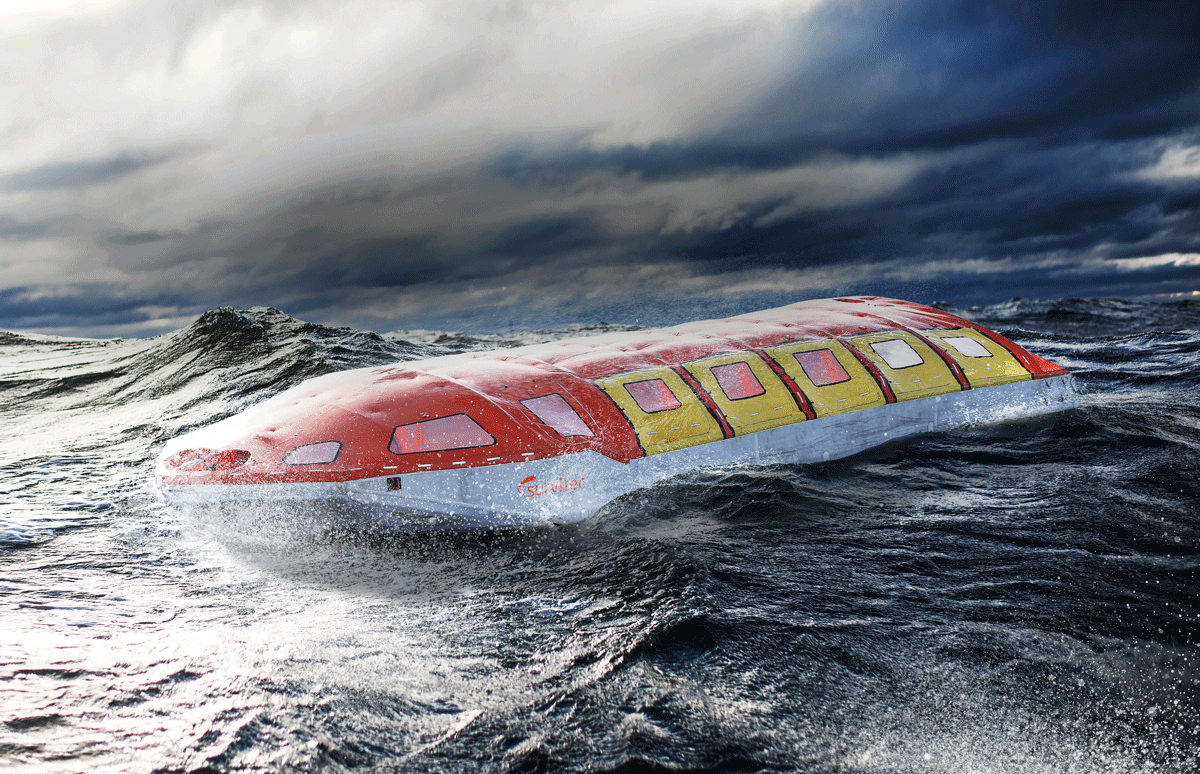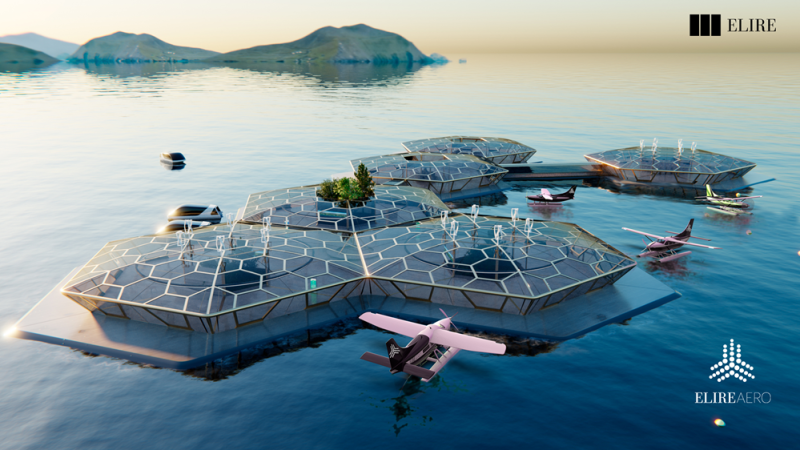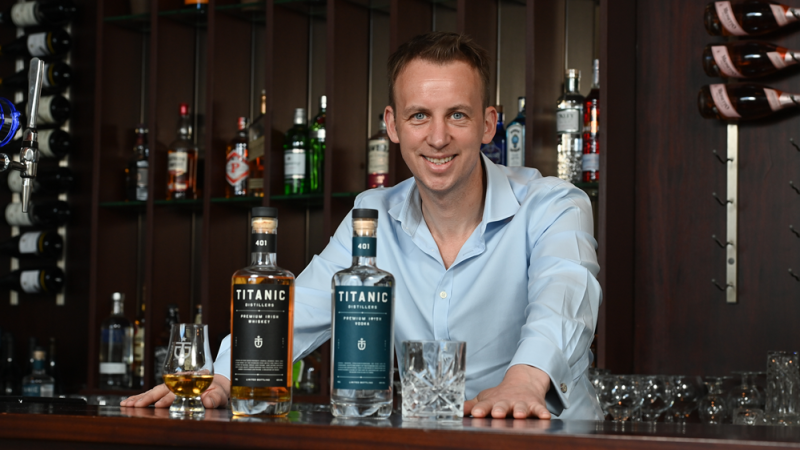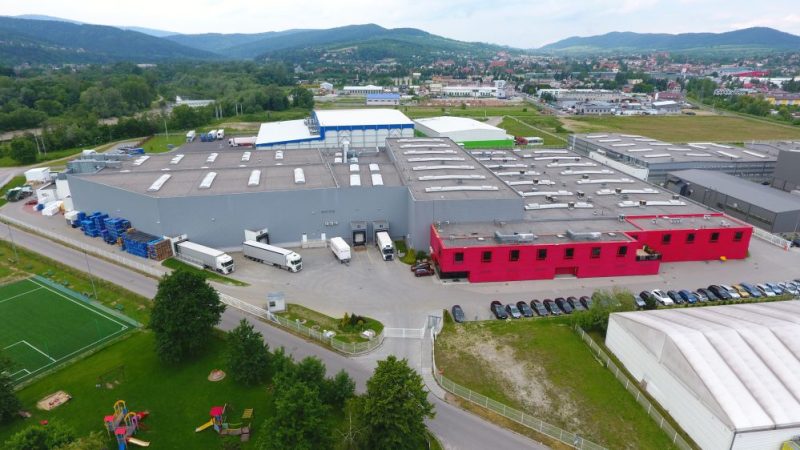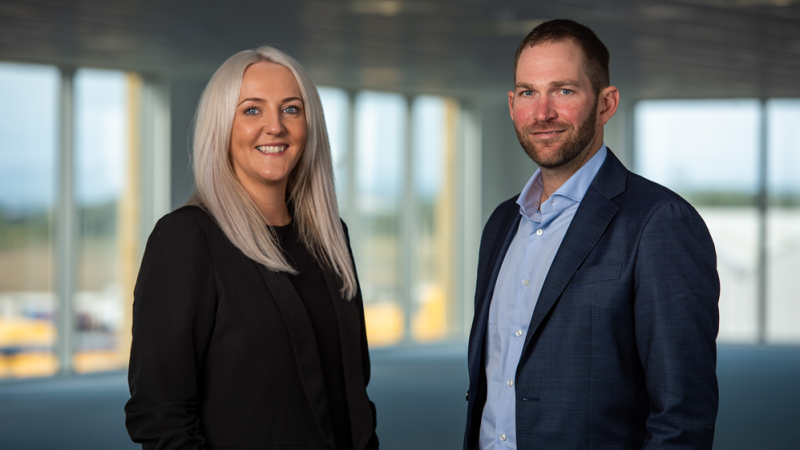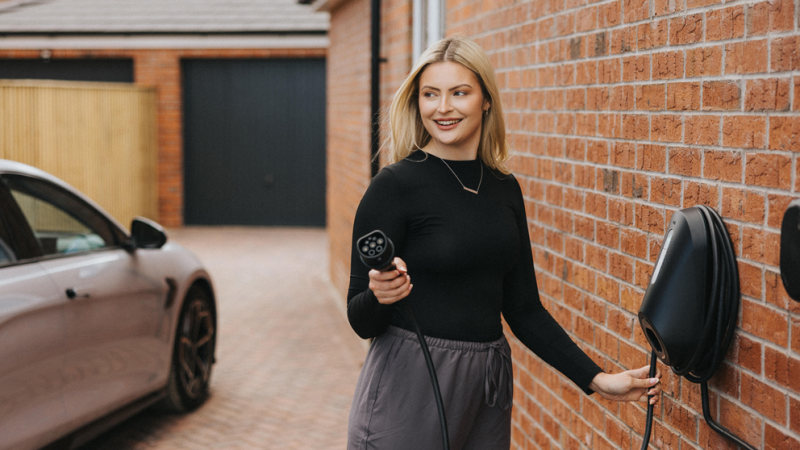It has been a year since we looked at Survitec, a company that has worked for over a hundred years to protect people working at sea. Throughout that time, the company has built its brand on a reputation for innovative but reliable new technology. So perhaps it is no surprise that when we reunite with Survitec, the company has been undergoing some big changes.
It is never boring!” says Robert Kledal, CEO of Survitec. “From an organisational point of view, we have completely reorganised our marine business to empower and equip our frontline managers. We are putting them in a position to handle much more of the customer interface decisions on pricing and the last mile part of the supply chain. We give them the data and the insights to be even better and more efficient.”
At the same time, development has continued across a range of the company’s Survival Technology, working to meet trends around the use of autonomous vessels and ships built with alternative fuel capabilities. But the biggest news Survitec has to share is its development of Seahaven, a solution that will do nothing less than completely change the face of ocean safety.
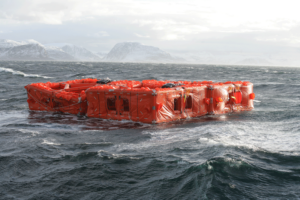 A New System
A New System
“It is a solution that will disrupt 100-year-old safety regulations and the solutions built around them,” Kledal tells us.
The received wisdom around ocean safety has been set in stone since the sinking of the Titanic. All ships must carry enough rigid lifeboats along their outer hull to carry their passengers and crew to safety. It is an idea so embedded in our concept of safe seafaring that it takes a compelling alternative to even consider doing things differently.
“Any new product in the safety industry, not least maritime, has to go through numerous approvals with all the relevant flag states that govern each ship,” Kledal explains. “If you take a cruise ship, it might be governed under the Bahamas, the UK, and Panamanian regulations, and all those approval bodies have to sign off when you radically innovate survival equipment.”
The Seahaven solution is simple on the face of it. In the event of an emergency or critical failure aboard a vessel, passengers and crew are rallied to specific muster points to organise the evacuation, much as would happen with regular lifeboats.
However, it is a lengthy operation to prepare the lifeboat (davit and locate), fill the lifeboat, lower the lifeboat into the water, and prepare it for sailing. Seahaven’s two-lifeboat system can be deployed at the push of a button with minimal crew actions. Each of these vessels can hold 530 passengers, meaning that with only two inflatable boats, 1,060 passengers can be evacuated, boarding through a helical slide on the deck down to the boat on the water. The boats’ SOLAS diesel engines are then capable of propelling the craft at six knots for 24 hours.
The entire system can be deployed within four minutes, with a complete evacuation of 1,060 people possibly 22 minutes after that.
It is a system that offers numerous advantages, but the first and foremost priority remains the same.
“The entry point for the industry is safety,” points out Claude Sada, COO of Survitec. “We provide lifesaving equipment and lifesaving solutions, and in developing Seahaven, we started with the history of lifeboats in terms of safety. It can be a cumbersome and risky process to deploy or even maintain these products, and there have consistently been accidents, primarily among crewmembers, throughout the years. So, there was a question mark in the industry over traditional lifeboats, but no solution.”
Crewmembers have been injured or even died, just carrying out routine maintenance of rigid lifeboats. Seahaven offers an alternative to this, alongside other operational benefits.
Rigid lifeboats undergo substantial maintenance drills every month, year, and three years, whereas Seahaven offers a safer solution that requires only a light touch from a vessel’s crew.
It also allows Survitec to take responsibility for a great deal of that work itself, monitoring the system remotely through technology embedded in the product.
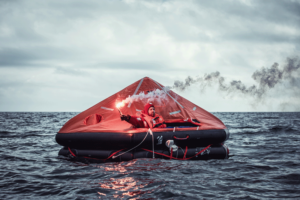 A Commercial Dimension
A Commercial Dimension
But while the safety and operational case for Seahaven is clear, the solution brings other advantages with it. There are two fundamental truths about rigid lifeboats. The first is that they take up a lot of room. The second is that they need to be positioned in high real estate locations that are simultaneously close to the water and accessible to passengers and crew.
“Seahaven is a solution that allows our customers to remove the lifeboats that are typically placed at premium locations on ships,” Kledal explains. “Rigid lifeboats often sit where you could build a cabin with a sea view or a restaurant. If you take those lifeboats off the deck, it can free up as much as 1,000-3,000 square metres, where you can add other passenger features. We are not just replacing a piece of safety equipment; we are creating space, which is a scarce commodity on a cruise ship.”
At a time when the cruise market is only just starting to return following the downturn of the Covid pandemic, Seahaven is the exciting advancement the industry has been long waiting for.
“Seahaven is just a part of what we do, but it has been a big project for us in the last five years,” Kledal tells us.
However, a new kind of solution also requires a revised approach to the industry, as Kledal is the first to point out.
“It is more than a safety product, and it requires a different engagement with the cruise companies,” he says. “Normally, we will sell a product on the grounds that it is a given percentage better than the previous best safety product on the market. Now, we are also selling on the grounds that it is a revenue-enhancing safety product. We need to talk to our clients’ revenue people as well as their safety people. It is a revolutionary product, so we need to better sell across both the customers’ revenue channel and safety channel.”
